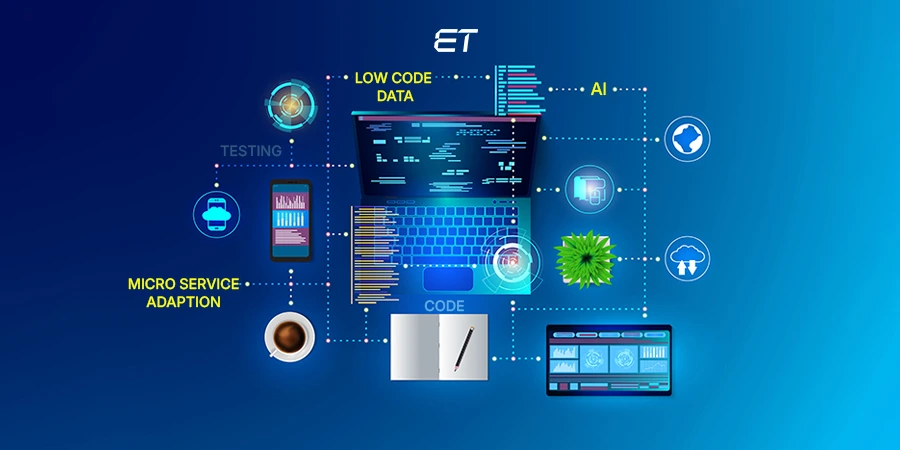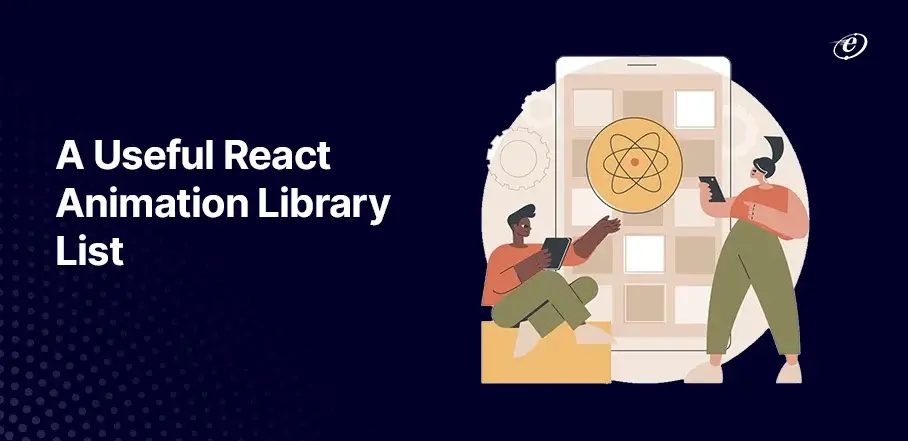
Handy React Animation Library List to Use for Improving User Experience
In today’s era, user engagement is everything. If your target audience is happy, it’s always good for your brand. An option like the React animation library can help achieve such a feat.
But you must be wondering – why focus on React animation libraries?
Well, understand this point. Famous brands like Airbnb, Asana, Dropbox, BBC, Facebook, Instagram, and Netflix use React as their web development framework.
Notably, all these names have excellent animations, engaging UI/UX, and visually appealing websites. Even you can join the ranks of such top companies. How?
Use top React animation libraries with features that align with your development style. In this blog, you will get details on the leading names along with their pros and cons. So, scroll ahead to choose a suitable React 3D animation library.
Understanding the Purpose of a React Animation Library
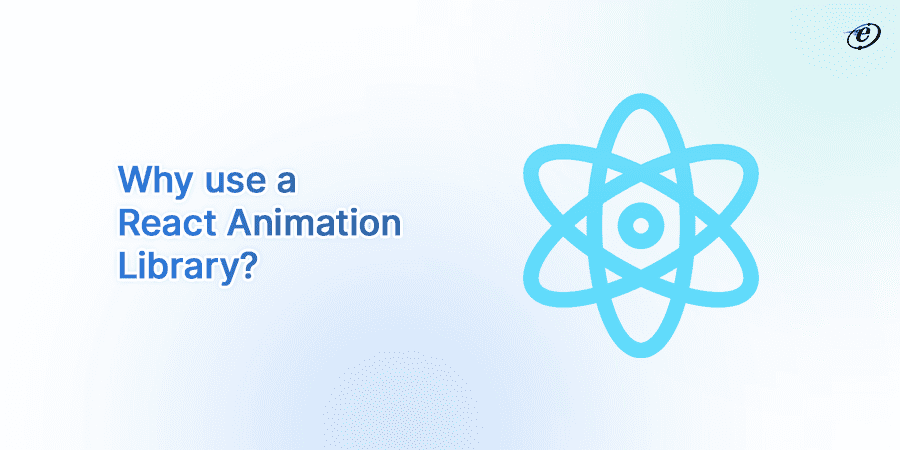
After reading this subhead, you must be thinking – why not get to the list directly?
Well, let us explain with a small analogy. Consider a listicle titled, ‘Top 5 Mercedes Models to Buy in 2023.’ Now, before shortlisting the top choice, you’re fully aware of the utility and value of the Mercedes Benz brand.
You understand what you get by choosing Mercedes as your vehicle vendor and now want to select a model that suits your unique requirements.
Same is the case with React animation libraries. Before getting down to the options, you should understand why developers use these tools.
- Animation libraries are third-party open-source repositories
- They contain readily available animation code that resctjs developers can load into a project
- Most React animation libraries take care of browser inconsistencies
- Overall, a React animation library is a great tool to simplify the process of developing animations
You can boost SEO and improve the visual appeal of your website by using such libraries. So, it can be rewarding to utilize such tools for you, as a company looking to entice the target audience.
The Top 5 React Animation Libraries to Consider
In this section, we will provide simple information on some popular React animation libraries in the following structure:
- Small introduction
- Long form bullet points for advantages
- The limitations in long-form bullets
- Final verdict or quick summary
- A quick table for pros and cons
Having said that, we are also aware that some of you might want a glance without going into too much depth. So, for readers like you, here’s a table that can prove more convenient:
| Feature | Framer Motion | React-Spring | Remotion | GreenSock | Lottie |
| Animation Style | Declarative, Spring-physics based | Declarative, Spring-physics based | Interactive Videos & Websites | Imperative, Timeline-based | JSON-based Vector Animations |
| Best For | General UI animations, interactive elements | Natural and realistic animations, data visualizations | Video content, interactive web experiences | Complex animations, high-performance requirements | Simple, small animations, mobile and web apps |
| Community & Learning Resources | Extensive | Large & active | Growing | Large & active | Extensive |
| Typical Use Cases | UI transitions, loading animations, interactive components | Data visualizations, spring-based interactions, animations with complex physics | Video explainers, interactive demos, tutorials | Complex animations, game development, interactive storytelling | Logos, icons, loading animations, background elements |
Now, without any further delay, take a detailed look at the best React animation libraries that can elevate your work output.
Here’s a quick overview.
1. Framer Motion
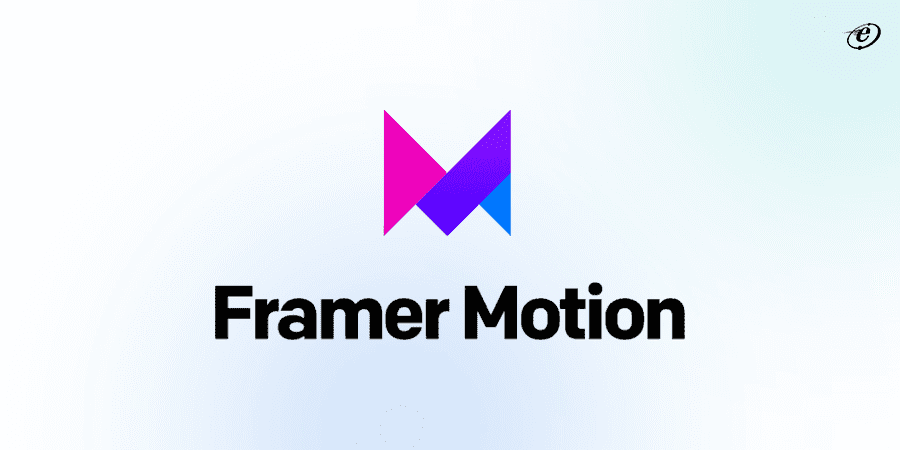
Framer Motion is a popular React animation library. It allows developers to create robust and performant animations with ease. Framer Motion handles complex transitions between different states of your UI, animating layout, position, and style changes.
Let’s take a look at the features of Framer Motion below:
- Framer Motion has a declarative animation system, which means it easily defines animations using simple props without manually handling CSS or keyframes.
- It enables developers to create reusable animations that adapt dynamically based on component states.
- It has gesture and scroll-based animations, which offer built-in support for hover, tap, and scroll interactions to enhance user engagement.
- It uses layout animations and animation batching for smooth rendering without compromising speed.
- Framer provides seamless animation control for SVG elements and keyframes, making UI transitions more fluid.
The advantages of this React animation library are:
-
- Simple and declarative: You can define animations directly in your React components, making your code more readable and maintainable
- Performant and optimized: Framer Motion uses hardware acceleration for smooth animations, ensuring a great user experience
- Flexible and powerful: It is possible to animate any property of your components, including position, scale, rotation, opacity, and more
-
- Built-in gestures: Skilled developers can leverage built-in gesture support to create interactive animations triggered by user actions like touch and scroll
The benefits of Framer Motion can indeed seem impressive. But it also has some practical drawbacks.
Here’s a quick list:
- Learning curve: While conceptually simple, Framer Motion requires some understanding of animation concepts and React hooks
- Potential performance issues: Overly complex animations can impact performance, especially on low-end devices
- Limited browser support: Older browsers may not support all Framer Motion features
Example of a framer motion in simple animation:
import { motion } from "framer-motion";
export default function AnimatedBox() {
return (
Hover Me
);
}
Our verdict?
Framer Motion is a powerful and versatile React animation library that can significantly enhance your websites or applications despite some drawbacks. Its simplicity, performance, and flexibility make it a popular choice for developers of all levels to create engaging and interactive user experiences.
Pros and Cons:
| Pros | Cons |
| Simple and declarative | Decent learning curve |
| Optimized structure | Potential performance issues |
| Flexible and powerful | Limited browser support |
| Built-in gestures | Community reliance |
| Rich ecosystem | – |
2. React-spring

Now, let’s talk about React-spring, a popular React animation library built with spring physics principles to create natural and intuitive animations. It focuses on declarative animation, allowing you create a more readable and maintainable codebase.
Let’s understand the features of React Spring below:
- React Spring supports the spring physics model. Unlike traditional animation libraries, it mimics real-world motion physics, making transitions feel organic.
- It allows developers to chain animations together and create fluid transitions between different states.
- Its declarative and flexible API makes it easy to define animations using hooks while keeping them highly customizable.
- It works seamlessly for both React Web and React Native applications.
- It reduces rendering load by skipping unnecessary frames, ensuring smooth animations.Here are the main advantages of choosing React-spring:
- Declarative API: Developers can define the animations directly in a JSX code, simplifying code and improving maintainability
- Composable and modular: It is possible to combine smaller animation components to build complex animations with ease
- Data-driven animations: You can animate based on data changes, making them more dynamic and responsive
- Cross-platform support: React-spring works seamlessly with the web, react-native, and other popular platforms
Similar to other React animation libraries, this option also has some limitations.
Consider the following points:
- Learning curve: While the concept is simple, mastering React-spring’s API and physics-based animation principles can require some effort
- Limited out-of-the-box components: React-spring requires more initial coding compared to libraries with pre-built animation components
- Community-driven: The community-driven nature of support may not offer official or fool-proof solutions for some issues
Example of React Spring’s smooth fade-in animation:
import { useSpring, animated } from "react-spring";
export default function FadeInComponent() {
const styles = useSpring({
from: { opacity: 0, transform: "translateY(20px)" },
to: { opacity: 1, transform: "translateY(0)" },
config: { tension: 170, friction: 20 },
});
return <animated.div style={styles}>Hello, React Spring!</animated.div>;
}
So, should you use React-spring?
Well, it is a powerful React animation library that can elevate or refine the quality of your web applications. It has physics-based animations, declarative API, and other features that make it an excellent choice for creating engaging and interactive user experiences.
Pros and Cons:
| Pros | Cons |
| Physics-based animations | Learning curve |
| Declarative API | Limited out-of-the-box components |
| Composable and modular | Community-driven support |
| Data-driven animations | – |
3. Remotion
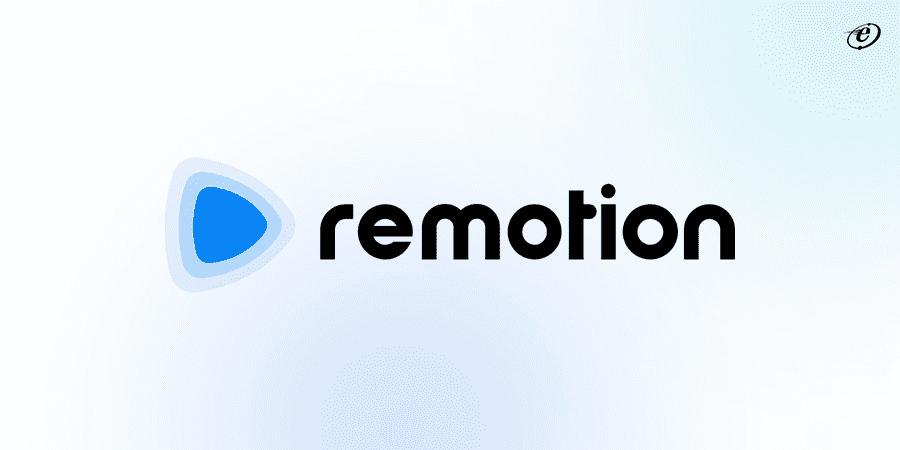
The name of this React animation library is cool, right? Well, even its utility can prove fruitful for you.
Remotion is a tool that allows developers to build, and render React applications as videos and websites. It offers a unique approach to creating engaging content, animations, and interactive user experiences.
Let’s take a look at the features Remotion offers us:
- It enables developers to create and export videos using familiar React syntax.
- Its code-driven video creation allows full customization of animations, effects, and transitions with JavaScript.
- Remotion enables fetching and embedding live data into video content for dynamic rendering.
- Its frame-by-frame control feature gives precise control over every frame, making it ideal for high-quality video rendering.
- It lets developers preview animations in real-time without needing external rendering tools.Take a look at the main benefits of this library:
- Video-like content from React components: You can render your React components as high-quality videos, tutorials, and product demos
- Interactive web experiences: Developers can build interactive websites that leverage the power of React with the visual appeal of video
- Faster development iterations: It is possible to quickly iterate design and animation loops without needing to redeploy the application
- Accessibility features: Remotion automatically incorporates accessibility features like captions and transcripts for your videos and interactive content
On the contrary, Remotion has the following limitations:
- Limited browser support: Currently, Remotion requires a Chromium-based browser for full functionality
- Learning curve: Mastering this tool’s specific features and workflows requires some effort
- Limited documentation and community: Compared to other established React animation libraries, the documentation and community are still in their early stages of development
- Pricing model: Remotion’s pricing model can be expensive for individual developers or small projects
Example of a Remotion for creating a simple video frame:
import { Composition } from "remotion";
export const MyVideo = () => {
return (
);
};
const MyAnimatedComponent = () => {
return (
Welcome to Remotion!
);
};
So, here’s the final verdict:
Remotion is a good React animation library with the potential to revolutionize how we interact with the web. Its ability to create video-like content from React applications opens up exciting possibilities for developers, designers, and marketers alike.
Pros and Cons:
| Pros | Cons |
| Create video-like content | Limited browser support |
| Interactive web experiences | Learning curve |
| Headless and server-side rendering | Limited documentation and community |
| Offline recording and playback | Pricing model |
| Faster development iterations | – |
| Accessibility features | – |
4. GreenSock
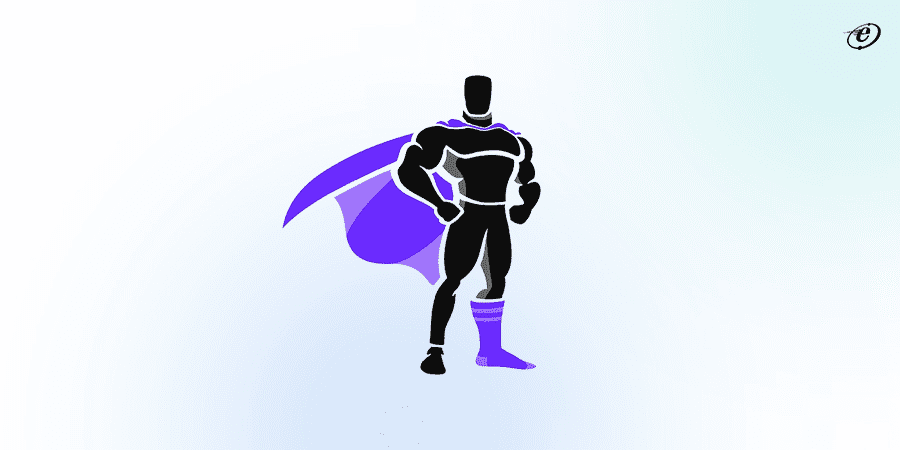
The penultimate React animation library on our list is GreenSock. It provides a versatile set of IT tools for creating high-performance animations and interactive web experiences.
GreenSock is famous for its robust API and a wide range of features.
Let’s understand the features of GreenSock (GSAP) below:
- It has extensive animation capabilities that support motion effects, scroll-based triggers, timeline controls, and staggered animations.
- GreenSock’s hardware-accelerated performance uses GPU acceleration for smooth performance even with heavy animations.
- Its cross-browser compatibility ensures consistent rendering across different browsers and devices.
- It provides a powerful timeline-based system for sequencing multiple animations.
- One of the standout features that it offers is that it works beyond React. It can be integrated with vanilla JavaScript, Three.js, and other frameworks for advanced motion effects.
Consider these aspects to understand the benefits of this library:
- Extensive API: It offers a comprehensive API for creating a wide variety of animations, including tweens, timelines, and complex sequences
- High performance: GreenSock leverages hardware acceleration and efficient code to ensure smooth animations even on complex projects
- Feature-rich: It includes features like physics-based animations, easing functions, and stagger effects
- Modular and customizable: Developers can break down animations into smaller components for better organization and easier code reuse
Similar to every React animation library, GreenSock also has some limitations. So, read the following points:
- Verbose code: GreenSock animations require more coding compared to other libraries
- Limited data-driven animation support: While possible, animating based on data changes might require more complex code setups
- Free version limitations: The free version of GreenSock lacks some advanced features
Example of a GreenSock (GSAP) for button click animation:
import { useEffect, useRef } from "react";
import gsap from "gsap";
export default function GSAPAnimation() {
const boxRef = useRef(null);
const animateBox = () => {
gsap.to(boxRef.current, { x: 200, duration: 1, ease: "power2.out" });
};
return (
);
}
So, should you use GreenSock? Well, the answer is not straightforward but depends on your project needs.
GreenSock is a powerful React animation library that enables developers to create stunning animations. Its extensive API, feature set, and robust performance make it a valuable tool for developers or programmers of all levels. However, the learning curve and verbose code might be challenging initially.
Pros and Cons:
| Pros | Cons |
| Extensive API | Learning curve |
| High performanc | Verbose code |
| Feature-rich | Limited data-driven animation support |
| Modular and customizable | Free version limitations |
5. Lottie

The final suggestion in our React animation library list is a multi-platform tool. Lottie is a JSON-based library that allows you to create vector animations that are small, scalable, and platform-independent. This potential makes it ideal for building web, mobile, and other applications.
Let’s look at the features Lottie has to offer us:
- Lottie uses vector animations, ensuring high-quality visuals with minimal file size.
- It allows seamless integration of animations exported from Adobe After Effects via Bodymovin.
- It enables developers to pause, play, or manipulate animations based on user interactions.
- Its high rendering efficiency uses JSON-based animations instead of heavy image sequences, reducing load times.
- Lottie offers flexibility to modify animations on the fly without affecting performance.
Here are the main benefits of Lottie, one of the most popular React animation libraries:
- Scalability: You can scale Lottie animations infinitely without losing quality. This facet makes it perfect for use on high-resolution displays
- Platform independence: Developers can use Lottie animations on any platform that supports JSON, such as web, mobile, and desktop
- Editable: It is also possible to edit these animations after exporting them. So, you can make changes to the project without starting from scratch
- Interactivity: You can use interactive libraries like Lottie-Web for creating highly responsive animations
On the contrary, Lottie has the following limitations:
- Limited animation complexity: Lottie animations are not as complex as other tools, such as Adobe After Effects
- Low control over animation: They do not offer the same level of control over animation timing and properties
- Learning curve: While Lottie is relatively easy to use, it requires some understanding of JSON and animation principles
- Browser support: Older browsers may not support Lottie animations natively, requiring additional libraries or tools
Example of Lottie playing a JSON animation:
import Lottie from "lottie-react";
import animationData from "./animation.json"; // Add your Lottie JSON file
export default function LottieAnimation() {
return (
);
}
So, what is the final verdict or summary of this React animation library?
Well, Lottie is a powerful and versatile animation tool. There’s no doubt about it. Its small file size, scalability, and platform independence make it an excellent choice for any level of web and mobile developers. So, you can use it after considering the pros and cons.
Pros and Cons:
| Pros | Cons |
| Small file size | Limited animation complexity |
| Scalable | Limited control over animation |
| Platform-independent | Medium learning curve |
| Editable | – |
Why Use React Animation Libraries for Your Design Projects?
User experience is the backbone of any digital product, and animations are pivotal in making a lasting impression on your users. React animation libraries can elevate your design projects in multiple ways. Here’s why they should be an essential part of your development toolkit:
#1 It Enhances User Engagement
Animations bring life to your UI, making user interactions feel natural and fluid. A well-placed motion effect can guide your users, highlight important elements, and provide visual feedback, keeping them engaged throughout their journey on your platform.
#2 React Animation Libraries Improve Usability & Navigation of Your App
Subtle animations, like button hover effects or page transitions, help users understand how your application works. They create a sense of flow, reducing confusion and making navigation more intuitive, especially in complex applications.
#3 It Provides a Competitive Edge
Major brands leverage animations to craft seamless digital experiences, and you can achieve the same with React animation libraries. Thoughtfully designed motion effects can make your application stand out from your competition, offering a polished and modern UI that leaves a lasting impression.
#4 It Saves Development Time
Instead of coding animations from scratch, React animation libraries provide pre-built tools that simplify the process. With optimized performance and a wide range of animation presets you can achieve high-quality animations with minimal effort, allowing your developers to focus on core functionalities.
#5 It Ensures Smooth Performance
Performance is always a concern when adding animations, but React animation libraries are designed to be lightweight and efficient. Libraries like Framer Motion and GSAP leverage optimized rendering techniques to ensure smooth animations without affecting page load speed.
#6 It Increases Accessibility & Feedback
Micro-interactions, such as animated error messages or loading indicators, improve accessibility by providing visual cues. These subtle details enhance satisfaction among your users and create a more inclusive experience for users with different needs.
#7 Its Animation Libraries Seamlessly Integrate with React’s Ecosystem
React animation libraries are specifically built for React applications, meaning they work seamlessly with React components and hooks. Whether you need page transitions, scroll-based animations, or interactive UI elements, these libraries integrate effortlessly, ensuring a smooth development workflow.
To Sum Up
There you have it. A handy React animation library list containing five popular options. Visuals are vital for any brand to engage the audience.
The best React animation libraries enable developers to utilize the power of visuals to generate leads and improve user experience.
In our observation, Framer Motion, React-spring, Remotion, GreenSock, and Lottie are top picks. All these React animation libraries have unique pros and cons. So, you should consider your project’s requirements before finalizing a specific option.
If you want to make an informed decision, don’t hesitate to contact our React developers. After analyzing your business needs, we will gladly assist you in choosing the most suitable React animation library. Also, you can hire dedicated React developers from our team to best utilize such valuable tools.
Frequently Asked Questions
1. What is the best library for animation in React?
Well, honestly, the best React animation library depends on your needs. However, Framer Motion is great if you’re looking for simple, smooth animations. If you’re looking for something that looks realistic, you can go for React Spring. If you’re looking for high-performance animations for complex UI effects, go for GSAP.
2. Can you do animations with React?
Absolutely! React supports animations through CSS, JavaScript, and animation libraries like Framer Motion, React Spring, GSAP, and Lottie, making it easy to add dynamic UI effects.
3. Is Framer Motion free to use?
Yes, Framer Motion is completely free and open-source for web animations in React. However, its parent platform, Framer, offers premium design tools separately.
4. How to make animation on scroll in React?
You can create scroll-based animations in React using Framer Motion’s useScroll() hook, GSAP’s ScrollTrigger, or React Spring’s interpolation, allowing elements to move, fade, or scale dynamically as users scroll.



